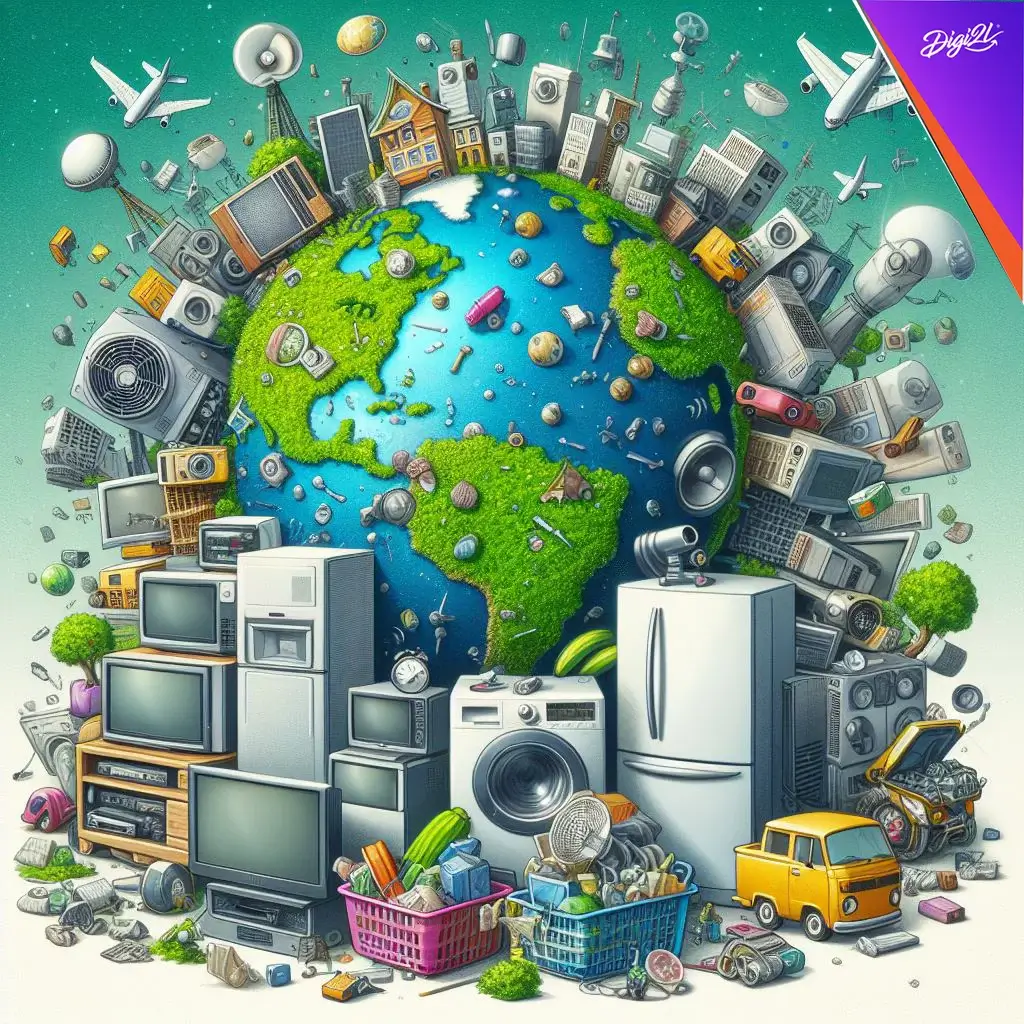
Please Wait ...

Please Wait ...
Enquiry






Curently We are Not Serviceable In this Pincode
91 Springboard, Business Hub, Godrej & Boyce, Gate No. 2, LBS Marg, Vikhroli West, Mumbai, 400079
91 Springboard, Business Hub, Godrej & Boyce, Gate No. 2, LBS Marg, Vikhroli West, Mumbai, 400079
91 Springboard, Business Hub, Godrej & Boyce, Gate No. 2, LBS Marg, Vikhroli West, Mumbai, 400079
91 Springboard, Business Hub, Godrej & Boyce, Gate No. 2, LBS Marg, Vikhroli West, Mumbai, 400079
91 Springboard, Business Hub, Godrej & Boyce, Gate No. 2, LBS Marg, Vikhroli West, Mumbai, 400079
91 Springboard, Business Hub, Godrej & Boyce, Gate No. 2, LBS Marg, Vikhroli West, Mumbai, 400079
91 Springboard, Business Hub, Godrej & Boyce, Gate No. 2, LBS Marg, Vikhroli West, Mumbai, 400079
91 Springboard, Business Hub, Godrej & Boyce, Gate No. 2, LBS Marg, Vikhroli West, Mumbai, 400079
91 Springboard, Business Hub, Godrej & Boyce, Gate No. 2, LBS Marg, Vikhroli West, Mumbai, 400079
Min
Max
₹5,000
₹45,000
Suggested Price







Blogs> The Environmental Crisis of E-Waste and How Digi2L Offers a Sustainable Solution

In today’s fast-paced world, the relentless pace of technological advancement has given rise to a significant environmental challenge: electronic waste, or e-waste. Digi2L steps forward as a solution to this pressing issue, offering a sustainable approach to address the growing crisis. The facts and statistics surrounding e-waste are alarming, with a record 53.6 million metric tons generated globally in 2019, expected to surge to 74.7 million metric tons by 2030. E-waste contains hazardous materials like lead and mercury, posing risks to both human health and the environment. Despite these risks, only a fraction of e-waste is recycled, perpetuating improper disposal practices. Digi2L tackles these challenges head-on with a sustainable solution. By selectively accepting four major appliances—TVs, refrigerators, air conditioners, and washing machines—the platform focuses on high-impact categories, reducing the environmental footprint associated with e-waste. Moreover, Digi2L promotes the reuse and resale of appliances, extending their lifecycles and minimizing the need for constant manufacturing of new products. Embracing the principles of a circular economy, the platform advocates for sustainable consumption and responsible product lifecycle management. Environmental consciousness lies at the heart of Digi2L’s mission. Through educational initiatives and messaging, the platform raises awareness about the environmental impact of e-waste, empowering users to make informed decisions. By choosing Digi2L to sell their appliances, individuals contribute to a collective effort to mitigate the environmental consequences of electronic waste. Hence, the e-waste crisis demands immediate attention and innovative solutions. Digi2L emerges as a beacon of hope in this fight, offering a path towards a cleaner, greener, and more sustainable future. As individuals and communities embrace Digi2L’s sustainable approach, they play a vital role in shaping a world where electronic waste is minimized, and environmental stewardship is prioritized.
In the era of rapid technological advancement, our love for the latest gadgets has inadvertently given rise to a silent environmental crisis: electronic waste or e-waste. As old devices accumulate in our homes, landfills, and incinerators, the detrimental impact on the environment becomes increasingly apparent. In this blog, we will delve into the staggering facts and statistics surrounding the e-waste problem and explore how Digi2L is stepping in as a solution to this pressing issue.
According to the Global E-Waste Monitor 2020, the world produced a record 53.6 million metric tons of e-waste in 2019. This figure is expected to increase to 74.7 million metric tons by 2030 if current trends persist.
E-waste contains hazardous materials such as lead, mercury, and cadmium. It’s estimated that 50 million metric tons of electronic waste generated annually contains more than 2.1 million metric tons of these hazardous substances.
A significant portion of e-waste is disposed of improperly, either ending up in landfills or being incinerated. The United Nations University estimates that only 17.4% of global e-waste was recycled in 2019.
In many developing countries, informal recycling practices involve manual dismantling of electronic devices without proper safety measures. This exposes workers to toxic substances, leading to severe health risks.
Electronic devices contain valuable resources, including rare metals like gold, silver, and palladium. The insufficient recycling of e-waste leads to the depletion of these precious resources, driving further environmental degradation.
Digi2L recognizes the gravity of the e-waste crisis and is committed to providing a sustainable solution that goes beyond conventional recycling. Here’s how our platform is making a difference:
By strategically focusing on accepting only four major appliances—TVs, refrigerators, air conditioners, and washing machines—Digi2L aims to channel its efforts toward high-impact categories. This selective acceptance ensures a more targeted approach, reducing the overall environmental footprint associated with electronic waste.
Digi2L encourages the reuse and resale of appliances. By creating a marketplace where individuals can sell their old but still functional devices, the platform actively contributes to extending the lifecycles of electronic products, reducing the need for constant manufacturing of new ones.
Digi2L actively promotes the principles of a circular economy, where products are designed for longevity and materials are reused and recycled. By facilitating the movement of appliances from one user to another, the platform emphasizes sustainable consumption and responsible product lifecycle management.
The platform’s commitment to environmental consciousness is reflected in its messaging and initiatives. Digi2L strives to educate users about the environmental impact of e-waste and the role they can play in creating a more sustainable future.
The e-waste crisis is a complex and urgent issue that demands immediate attention and innovative solutions. Digi2L, with its selective appliance acceptance, emphasis on extending product lifecycles, and advocacy for a circular economy, stands as a beacon of hope in the fight against e-waste. As individuals choose Digi2L to sell their appliances, they become part of a collective effort to mitigate the environmental impact of electronic waste. Together, we can pave the way for a cleaner, greener, and more sustainable future.

By Digi2L - April 27, 2024

By Digi2L - April 26, 2024

By Digi2L - April 25, 2024